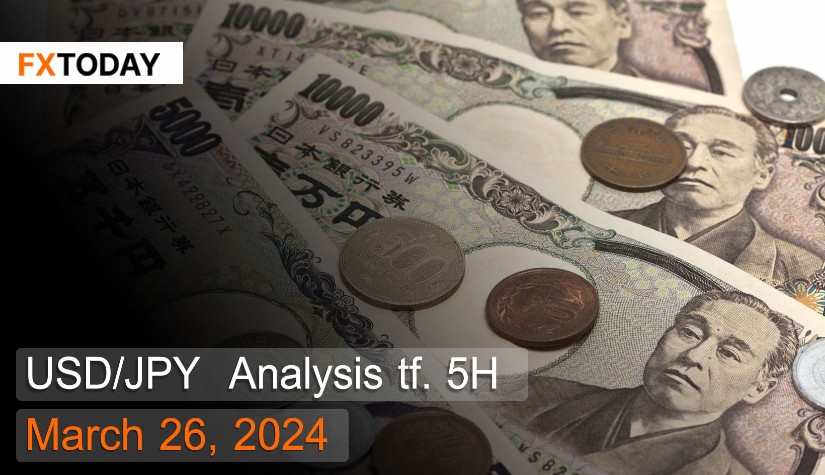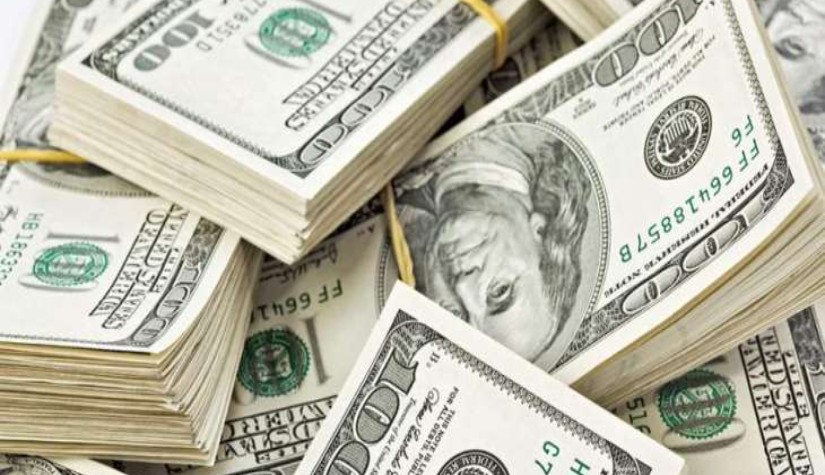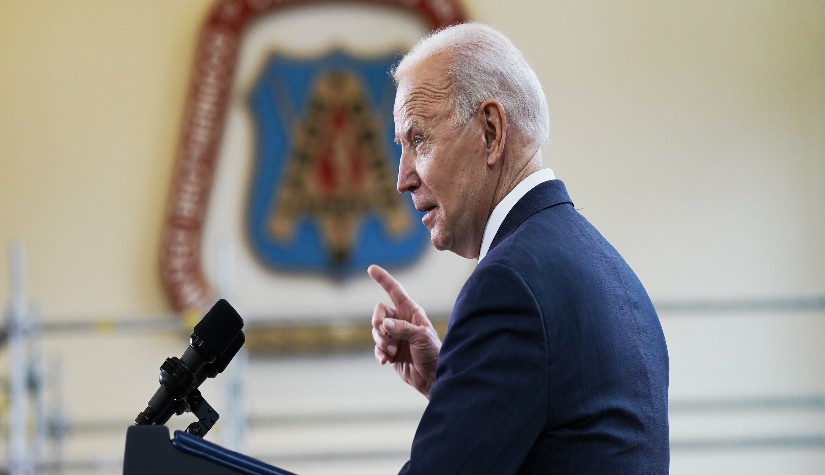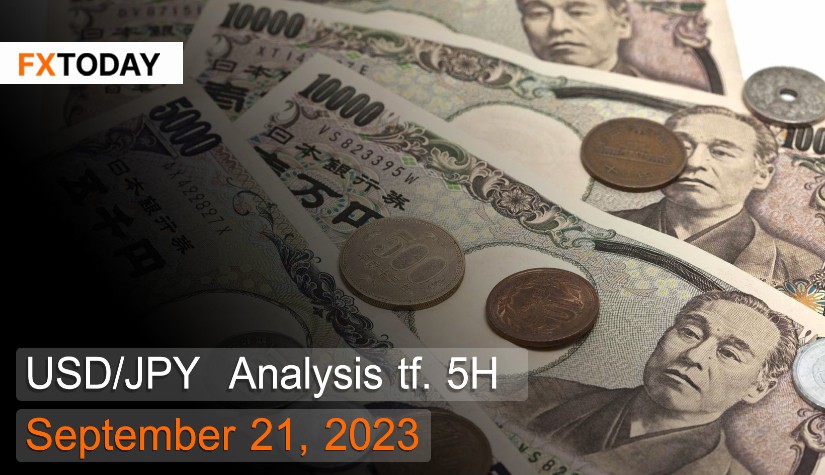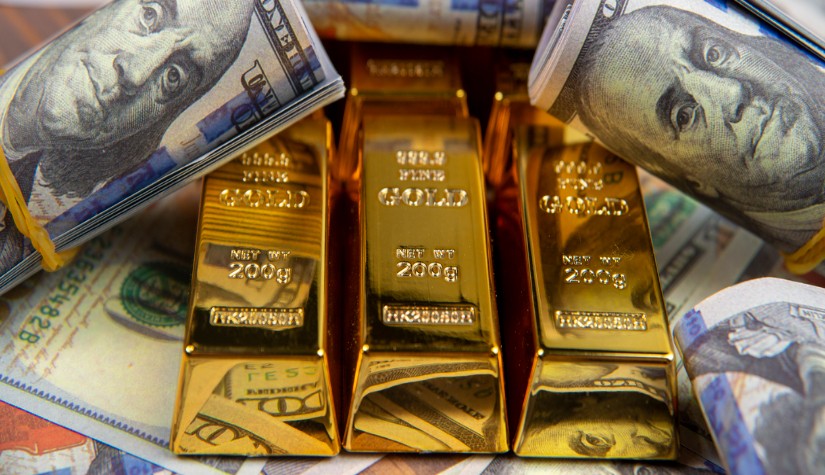Japan raised interest rates for the first time in 8 years.
The yen remained stable at around 151.4 yen per US dollar, benefiting from the weakness of the dollar. Junichi Suzuki, Japan's Finance Minister, commented that there would be no control over the weakening yen, but excessive fluctuations could create uncertainty for business and the economy. Masato Kanda, Assistant Minister of Finance, added that the current depreciation of the yen does not reflect fundamental factors and is mainly driven by profit-taking.
The leading economic indicator in Japan, used to measure economic trends in the next 2-3 months based on job recruitment announcements and consumer confidence, slightly decreased to 109.9 in January due to the ongoing fragility of Japan's economy amid global economic uncertainty. Factory activities continued to contract in January.
The Bank of Japan (BoJ) raised interest rates to 0.1% from -0.1% in its latest meeting, aligning with market expectations, marking the end of negative interest rates over the past 8 years. This rate hike was due to inflation exceeding the Bank of Japan's 2% target. However, two out of nine BoJ board members, Toyoaki Nakamura and Asahi Noguchi, disagreed with this rate hike. Additionally, BoJ announced a gradual reduction in bond purchases before ceasing all purchases within a year.
Japan's annual inflation rate increased to 2.8% in February from 2.2% the previous month, marking the first increase in four months. This inflationary pressure was primarily driven by government support for energy, with oil and electricity prices experiencing their smallest declines in 11 months. However, inflation for food slowed significantly.
Japan's manufacturing Purchasing Managers' Index (PMI) rose to 48.2 in March, indicating a contraction in factory activity, with production and new orders shrinking to their lowest levels in five months. Employment increased after declining in February, while raw material cost inflation hit an eight-month low, and selling prices rose to a three-month high.
The services sector PMI increased to 54.9 in March, indicating rapid expansion since May of the previous year. Business expansion reached a nine-month high despite continuous intense competition, with rapid job creation.
Techical analysis data (5H)
Resistance: 151.55, 151.66, 151.83
Source: Investing.com
Buy/Long 1: If the price touches support in the price range of 151.1 - 151.27 but cannot break the support at 151.27, you may set a TP at approximately 151.66 and SL at around 151 or according to your acceptable risk.
Buy/Long 2: If the price breaks the resistance in the price range of 151.55 - 151.66, you may set a TP at approximately 151.83 and SL at around 151.1 or according to your acceptable risk.
Sell/Short 1: If the price touches resistance in the price range of 151.55 - 151.66 but cannot break the resistance at 151.55, you may set a TP at approximately 151.1 and SL at around 151.83 or according to your acceptable risk.
Sell/Short 2: If the price breaks the support in the price range of 151.1 - 151.27, you may set a TP at approximately 151 and SL at around 151.66 or according to your acceptable risk.
Pivot point March 26, 2024 08:58 PM. GMT+7
|
Name
|
S3
|
S2
|
S1
|
Pivot Points
|
R1
|
R2
|
R3
|
| Classic | 151 | 151.1 | 151.27 | 151.38 | 151.55 | 151.66 | 151.83 |
| Fibonacci | 151.1 | 151.21 | 151.27 | 151.38 | 151.49 | 151.55 | 151.66 |
| Camarilla | 151.38 | 151.4 | 151.43 | 151.38 | 151.48 | 151.51 | 151.53 |
| Woodie's | 151.04 | 151.12 | 151.31 | 151.4 | 151.59 | 151.68 | 151.87 |
| DeMark's | - | - | 151.33 | 151.41 | 151.61 | - | - |

